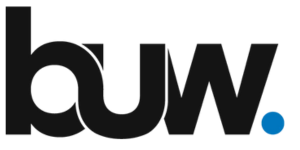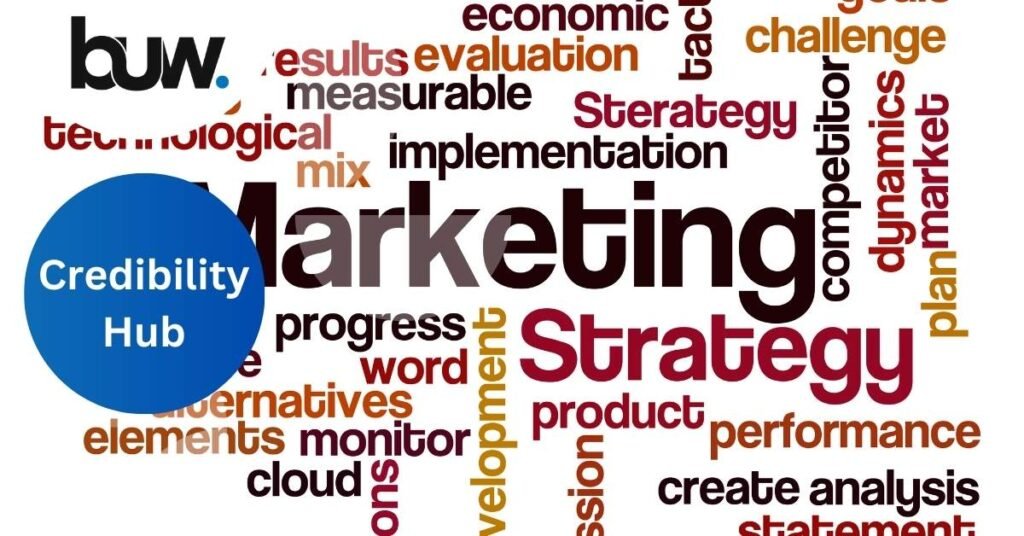B2B Marketing: How to Become a Thought Leader in 2025?
“Marketing is about ensuring more people know about your product or service today than yesterday.” B2B marketing is evolving rapidly, and 2025 is set to bring even more challenges and opportunities. According to a 2023 study by the Content Marketing Institute, 73% of B2B marketers identify thought leadership as critical for building trust, influencing buying decisions, and maintaining competitive advantage. Yet, many businesses struggle to implement strategies that establish them as trusted authorities in their industries. Reaching the right audience, creating consistent strategies, and maintaining credibility are challenges that can often feel overwhelming. This blog will explore how becoming a thought leader can help you overcome these obstacles, improve engagement, and foster long-term relationships. By leveraging powerful strategies such as impactful content creation, operational generosity, and audience engagement, you can transform your brand into an industry authority. What Are the Challenges in B2B Marketing? One of the primary challenges in B2B marketing is the lack of product-market fit. Businesses often struggle to align their offerings with the specific needs of their target market, leading to missed opportunities and inefficiencies. Reaching the right target market is another significant hurdle. Complex buying processes, niche-specific requirements, and longer sales cycles make it difficult to identify and effectively engage the ideal audience. Without a thorough understanding of their market, businesses fail to craft messaging that resonates. The absence of a clear marketing strategy compounds these difficulties. A well-defined strategy acts as a roadmap, guiding all marketing efforts and ensuring alignment with business goals. Without it, campaigns lack focus and often fail to deliver consistent results. Inconsistent execution further undermines marketing efforts. Disjointed campaigns, sporadic messaging, and a lack of coordination lead to poor outcomes and erode trust with potential clients. Consistency is crucial for building credibility and maintaining audience engagement. What Is Thought Leadership and Why Does It Matter? Thought leadership is a powerful tool for building credibility by establishing businesses as trusted authorities within their industries. By consistently creating and sharing valuable insights through high-quality content such as blogs, articles, and webinars, brands can showcase their expertise and become go-to resources for their audience. This consistent flow of knowledge not only builds trust but also positions the brand as a solution provider in its niche. Adding fresh perspectives amplifies this impact by offering unique, innovative solutions to industry challenges. By delivering actionable insights that resonate with the audience’s needs, businesses can capture attention, foster deeper engagement, and set themselves apart from competitors in a crowded market. Fresh perspectives also demonstrate the brand’s commitment to innovation and forward-thinking strategies, further reinforcing its authority. Consistency is the foundation of effective thought leadership. Regularly producing meaningful and targeted content ensures that the brand remains top-of-mind and is perceived as reliable and invested in addressing audience challenges. Over time, this steady stream of high-value content strengthens familiarity, deepens trust, and fosters long-term loyalty, positioning the brand not just as a service provider but as a strategic partner in the success of its clients. How Can You Establish Thought Leadership? What Are the Top Strategies for Becoming a Thought Leader? Content Creation: Publish blogs, LinkedIn articles, and whitepapers to showcase expertise and address your audience’s pain points. High-quality content positions your brand as an authority. Engagement Techniques: Host webinars and participate in industry discussions to foster dialogue and establish connections. Engaging with your industry demonstrates your active presence. Value Delivery: Provide actionable insights through case studies and strategic tips. Delivering tangible value ensures your brand stays top-of-mind. How Do You Build Trust Through Content? Whitepapers and Ebooks: Offer in-depth knowledge that provides solutions, positioning your brand as a trusted resource. Webinars: Facilitate real-time engagement by discussing relevant topics and answering questions live, building stronger connections. Case Studies: Share success stories that highlight measurable results and your impact on clients, showcasing your ability to deliver outcomes. Top 6 Content Ideas to Develop Impactful Content Creating impactful content is essential for showcasing your expertise and connecting with your target audience. Here are the top six content strategies to help you achieve this: Whitepapers & EbooksProvide in-depth knowledge of industry-specific challenges and solutions. These long-form content pieces demonstrate your expertise, position your brand as a thought leader, and act as valuable resources for your audience. Email NewslettersRegularly update your audience with relevant insights, company updates, and valuable tips. Email newsletters keep your brand top-of-mind and help build strong, ongoing relationships with your subscribers. LinkedIn Articles & NewslettersLeverage LinkedIn to publish thought-provoking articles and newsletters that resonate with professionals in your niche. This strategy enhances visibility and establishes authority in your industry. LinkedIn Posts & LinkedIn MarketingUse LinkedIn posts to share bite-sized insights, success stories, and quick tips. Engage actively with your audience through LinkedIn marketing campaigns to foster connections and drive traffic to your longer-form content. WebinarsHost live sessions on trending topics or key pain points in your industry. Webinars allow you to showcase your expertise in real-time, answer questions, and build deeper engagement with your audience. Case StudiesHighlight real-world success stories that demonstrate your solutions in action. Case studies showcase your impact, build credibility, and help potential clients see the tangible benefits of working with you. By incorporating these content strategies into your B2B marketing efforts, you can effectively engage your audience, establish credibility, and position your brand as a trusted authority in your industry. How to Write the Best Case Study Crafting a compelling case study is an art that requires clarity, structure, and authenticity. After researching 70 B2B websites, we’ve identified the perfect structure for creating an impactful case study that resonates with your audience and showcases your expertise. 1. Background – Start with an introduction to your client, outlining who they are, what they do, and their industry. Provide enough context for readers to understand the relevance of the case study and connect with the subject. Example:“XYZ Corp, a leading software development company specialising in AI solutions, approached us to optimise their lead generation process and increase conversions.” 2. Challenges Faced – Describe the specific challenges
B2B Marketing: How to Become a Thought Leader in 2025? Read More »




